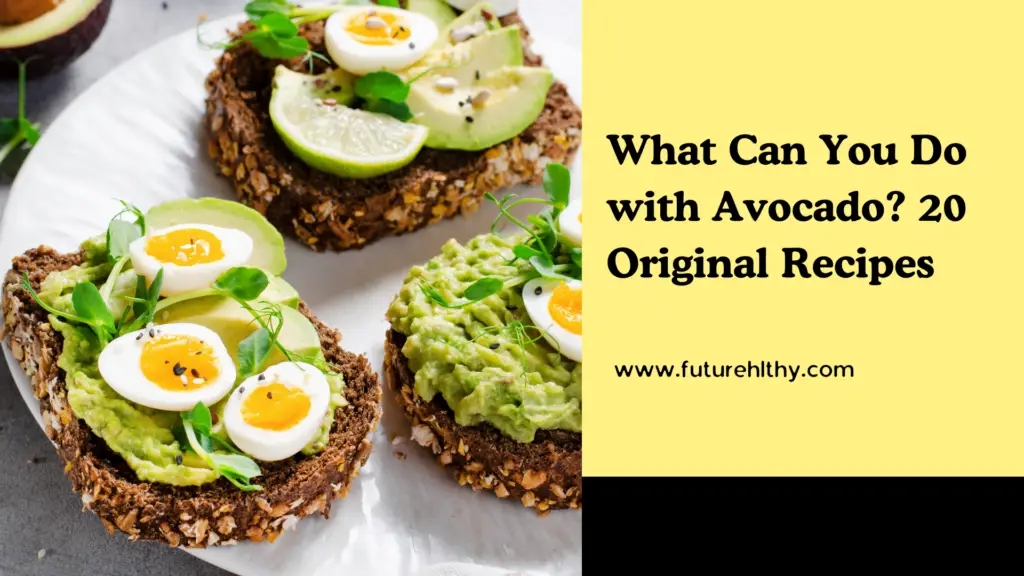How Bodybuilders Lose Fat Without Losing Muscle

How do bodybuilders lose fat without losing muscle? It’s one of the most common challenges in fitness today. Whether you’re cutting for a show or just leaning down, this guide will help you do it right.
In this guide, you’ll learn how bodybuilders successfully lose fat and preserve muscle using smart strategies backed by science.
Why Bodybuilders Struggle with Fat Loss Without Muscle Loss
Cutting too aggressively can lead to muscle breakdown. When you drop calories drastically or overdo cardio, your body starts using muscle for energy—not just fat.
To maintain lean mass, you need a calculated, slow approach that fuels your body and supports training.
Nutrition Strategies to Cut Fat Without Losing Muscle
1. Slight Caloric Deficit
Start with a 10–20% calorie deficit from your maintenance level. Don’t crash diet. Slow fat loss = better muscle retention.
2. High Protein Intake
- Aim for 1.0–1.2 grams of protein per pound of body weight
- Best sources: Chicken breast, lean beef, eggs, protein powder, tofu.
3. Balance Your Macros
- Protein: Muscle preservation
- Carbs: Energy for training
- Fats: Hormone balance
- Example Macro Split for Cutting: 40% protein | 35% carbs | 25% fat
Workout Strategies During a Cut
1. Keep Lifting Heavy
Don’t stop training hard just because you’re cutting. Keep lifting with intensity to tell your body: “We still need this muscle!”
2. Limit Cardio
Do moderate cardio 2–4 times/week. Overdoing it can burn muscle.
Best cardio for bodybuilders cutting fat:
- Fasted walking
- Low-intensity steady-state (LISS)
- Short HIIT sessions
Avoid These Common Cutting Mistakes
- Cutting calories too fast
- Doing excessive cardio
- Not getting enough sleep
- Skipping strength workouts
- Ignoring recovery
Sample Meal Plan: Cutting Without Losing Muscle
1 Meal : Oats + whey protein + peanut butter
2 Meal : Grilled chicken + brown rice + broccoli
3 Meal (Snack): Greek yogurt + berries + almonds
4 Meal : Lean beef + sweet potato + green beans
5 Meal (Post-workout): Protein shake + banana
✅ Each meal supports muscle preservation, satiety, and fat loss.
Best Supplements for Cutting (Optional)
- Whey Protein: Helps hit protein goals
- Creatine: Keeps muscle strength during deficit
- BCAAs: (Optional) Useful during fasted cardio
- Caffeine or Green Tea Extract: Natural fat-burning support
Final Tips: How to Lose Fat Without Losing Muscle as a Bodybuilder
- Track your progress weekly (weight, body fat %, strength levels)
- Focus on consistency, not perfection
- Prioritize protein + training + sleep
- Be patient—cutting is a slow game
📥 Looking for an ebook on nutritional value?
👉 [Click here to download your ebook ] (CTA button idea)
Reading more : Quick Morning Fitness Routines for Beginners: Energize Your Day



